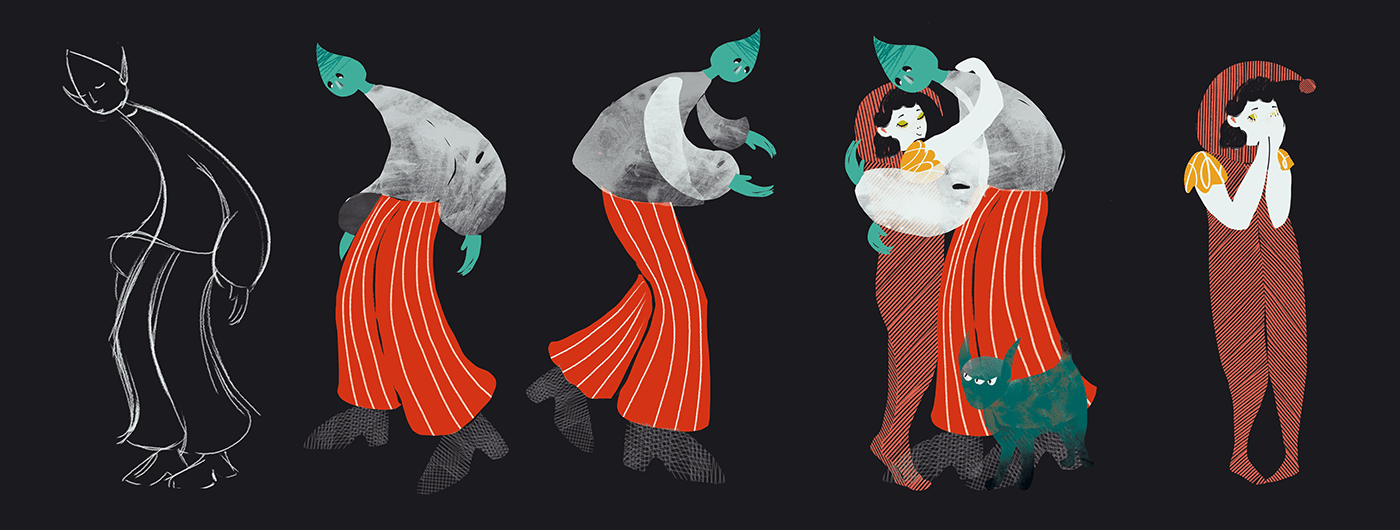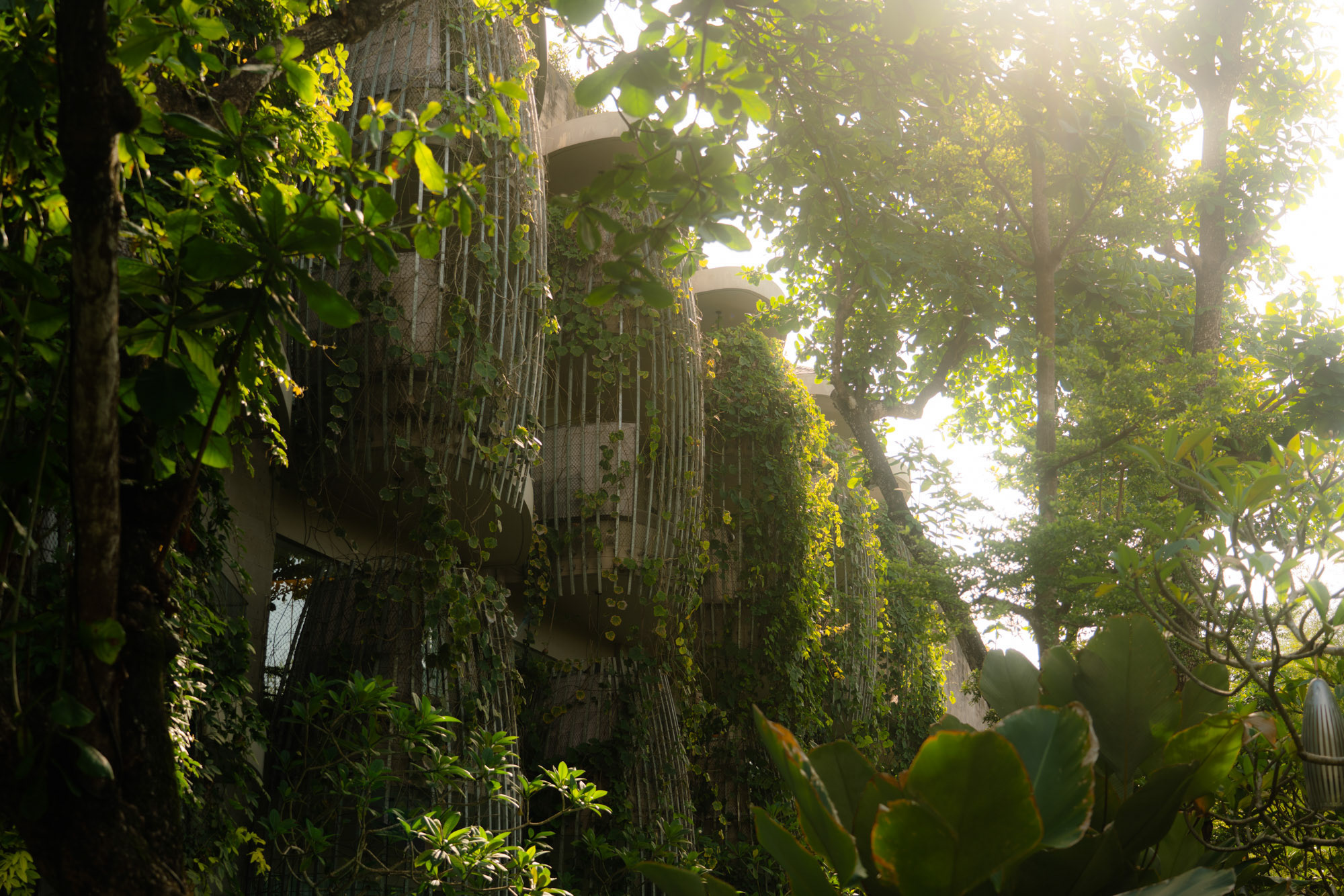The integral process of making the book:
"How Luna fell on the Earth"
"How Luna fell on the Earth"
Hello everyone! I had graduated this year from the Visual Arts and Design faculty, Graphics program. I want to present you the whole process behind creating the book "How Luna fell on the Earth" on which my thesis was based on.

1. Identifying the narrative subject
I knew I wanted to illustrate a book for my thesis, but I did not know which one. I wanted to have total freedom of expression and a shortage of expectations so I chose to write my own story. Luna's story started way before my thesis. I had a dream a few years ago about her falling into the abyss. Accessing that image from my head, I wrote a story about a teenage girl who fell from her bed one night into the depths of cosmos and her journey filled with personal discoveries and meeting new friends.

2. Market analysis
I started looking for inspiration online, in the local libraries from Chișinău, and abroad. It felt overwhelming. I couldn't choose anything and I didn't know how I wanted to illustrate my thoughts. To keep up with my ideas, I started a "no pressure sketchbook/ journal". Sketchbooks make all the projects more organized and more personal. It helped me out to gather my ideas, although I have to be honest, most of my sketches were done digitally. I navigated a few layout options, dimensions, color combinations, and other possibilities. And I also made a Pinterest board (of course).
I started looking for inspiration online, in the local libraries from Chișinău, and abroad. It felt overwhelming. I couldn't choose anything and I didn't know how I wanted to illustrate my thoughts. To keep up with my ideas, I started a "no pressure sketchbook/ journal". Sketchbooks make all the projects more organized and more personal. It helped me out to gather my ideas, although I have to be honest, most of my sketches were done digitally. I navigated a few layout options, dimensions, color combinations, and other possibilities. And I also made a Pinterest board (of course).











3. Integral sketch
A friend advised me to use a method of illustrating the integral contents of the book in a comprehensive chain of pages. So I did. My book will end up having 37 pages + the cover, but I did not know that at this stage. I created some raw compositions for every page and underlined the contents following the storyline. The "fall" of Luna will turn the events upside down, the pages will become dark until she finds her way back home.

3.1 Miniature prototype
In order to understand the page numbering, this prototype is made to see how many pages there can be, how big, how to glue or sew them, how to separate them in little copybooks. When the book is printed, each page is printed with the opposite page from the back ( 2 with 28, 3 with 27 and so on), so to make sure I don't get it wrong, I wrote and sketched the page numbers in this little prototype and calculated if there needed to be one or two more spreads.



4. The illustration process
You know that feeling when you really want to watch your guilty pleasure show but you are far from home, at work and the universe seems to give you a million tasks to do and your craving is the only thing keeping you alive? That's how this step felt for home. All of the theoretical work until this phase seemed like a neverending purgatory. I could not wait to finally come home and illustrate my book. My characters came to life in a single breath of air. I mixed up all the textures, changed the subjects to my needs until I reached some kind of general consense.

5. Layout design
After a few months of working on each page, it was time to organize them all in a single document and redo all of them again. I worked with the text, page numbering, compositions and new illustrations for the missing backgrounds.

6. Printing
I forgot to mention that I complicated my life by coosing to have a brochure opening middle of the book type of thing - so when preparing the book for the printing, it has undergone a series of technical changes. Prepress was the most complicated part of the production. I had printed the spreads myself in a few copies, sewn them together, glued the hard cover and learned how to make a book from A to Z.




7. Defending the thesis
This additional step of the process has ended successfully with me framing a few spreads from the book on the gallery wall and defending the theoretical part of the project.
Bellow, you can see the printed results of this project. You can find the digital spreads here. Shout out to all of you who have read this entire thing! Thank you very much for your attention!




















